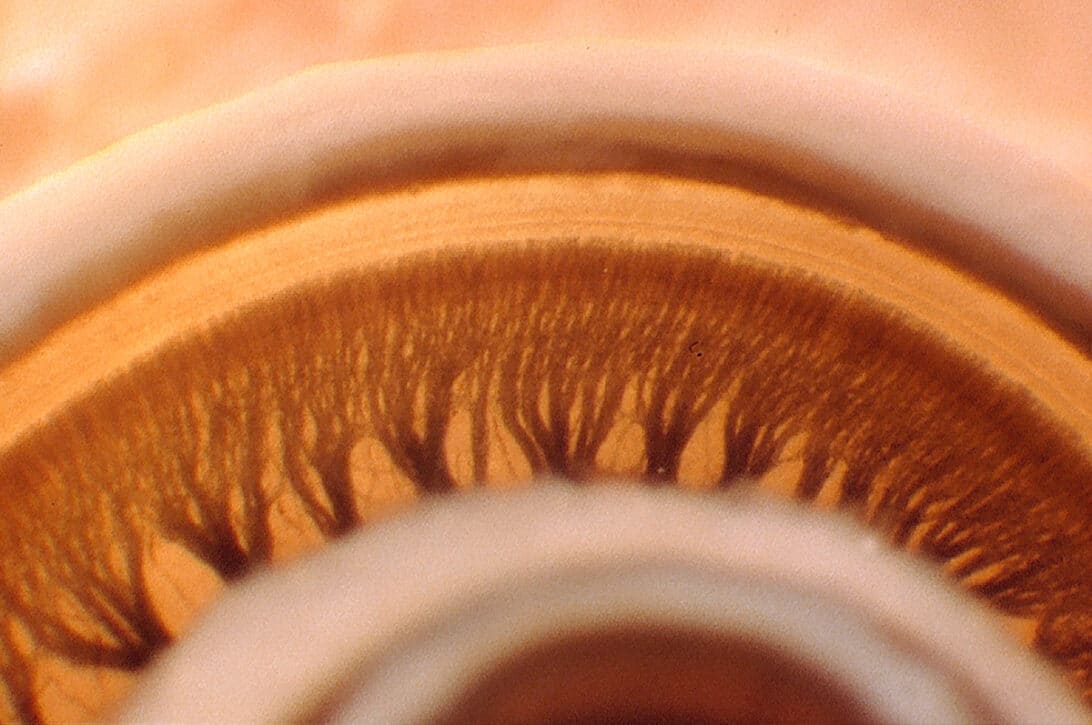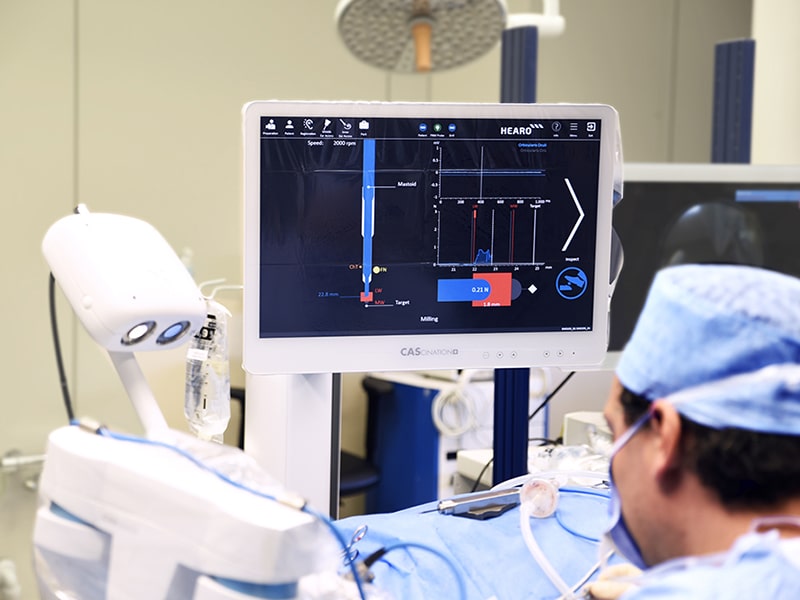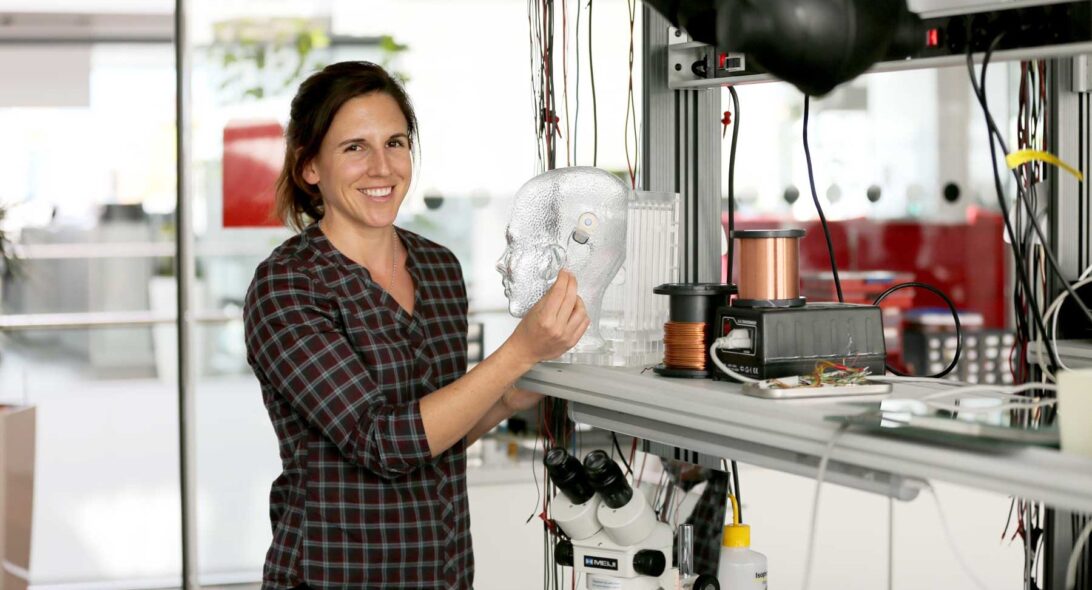
Residual hearing refers to the ability to hear some sounds even with hearing loss. Even people with significant hearing loss may have some remaining hearing ability, often in specific frequency ranges. This remaining hearing can be very important for cochlear implant users, as it can aid their ability to understand speech and enjoy sounds.




